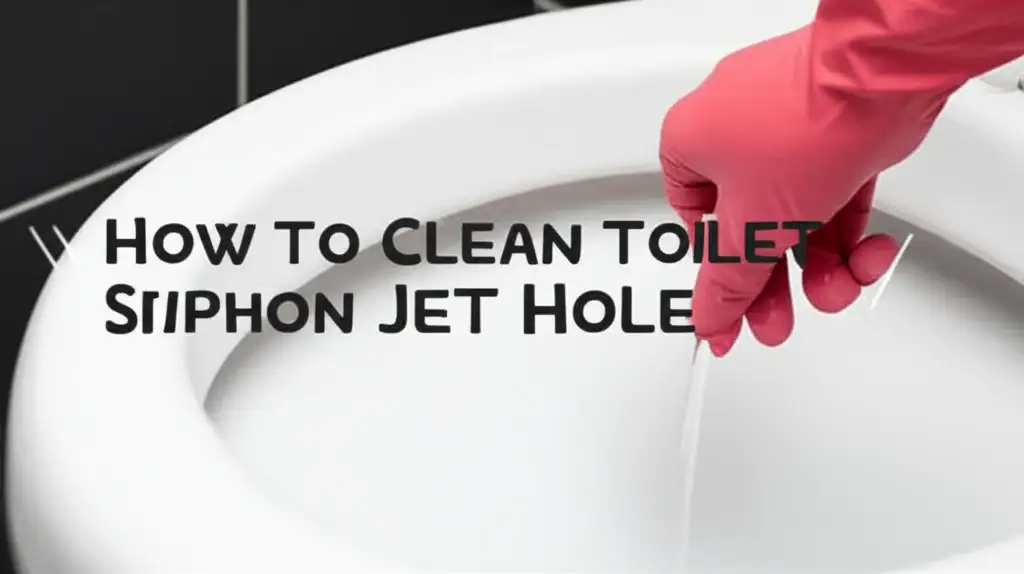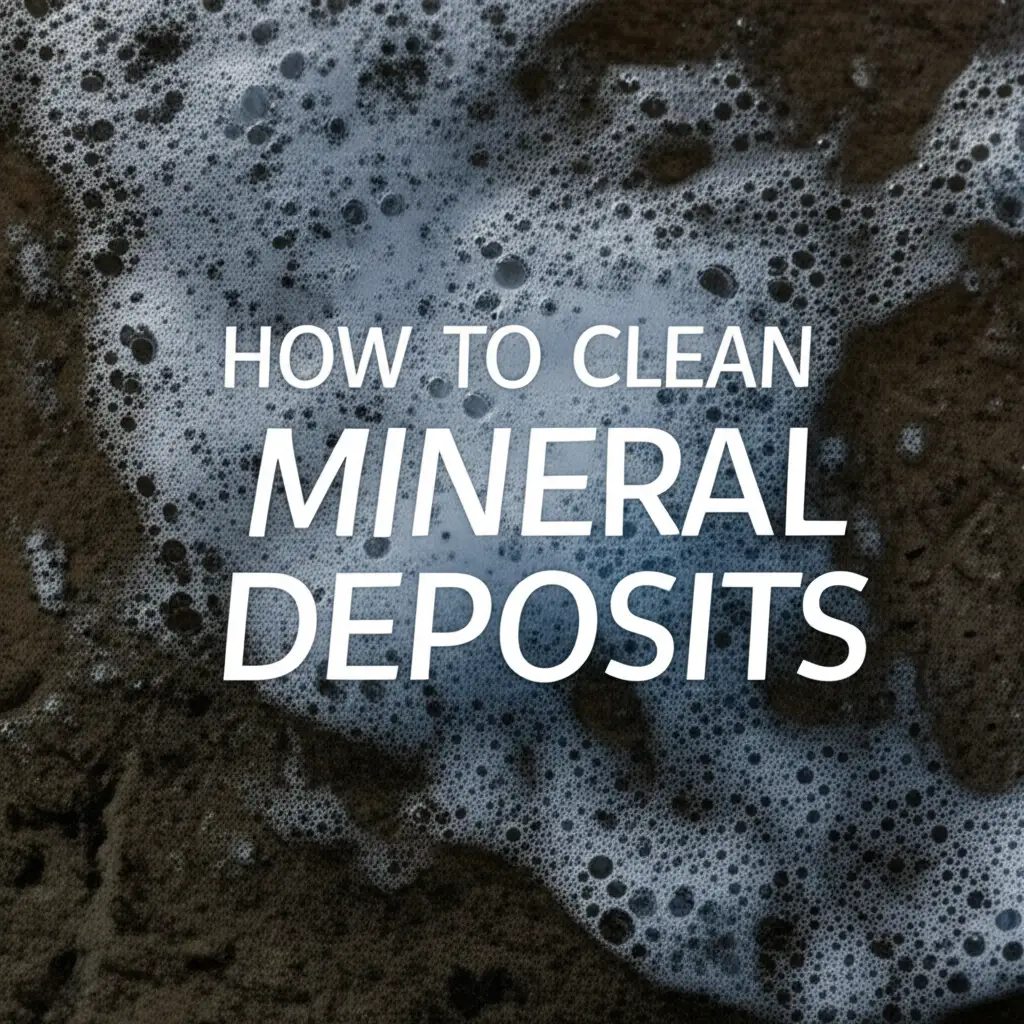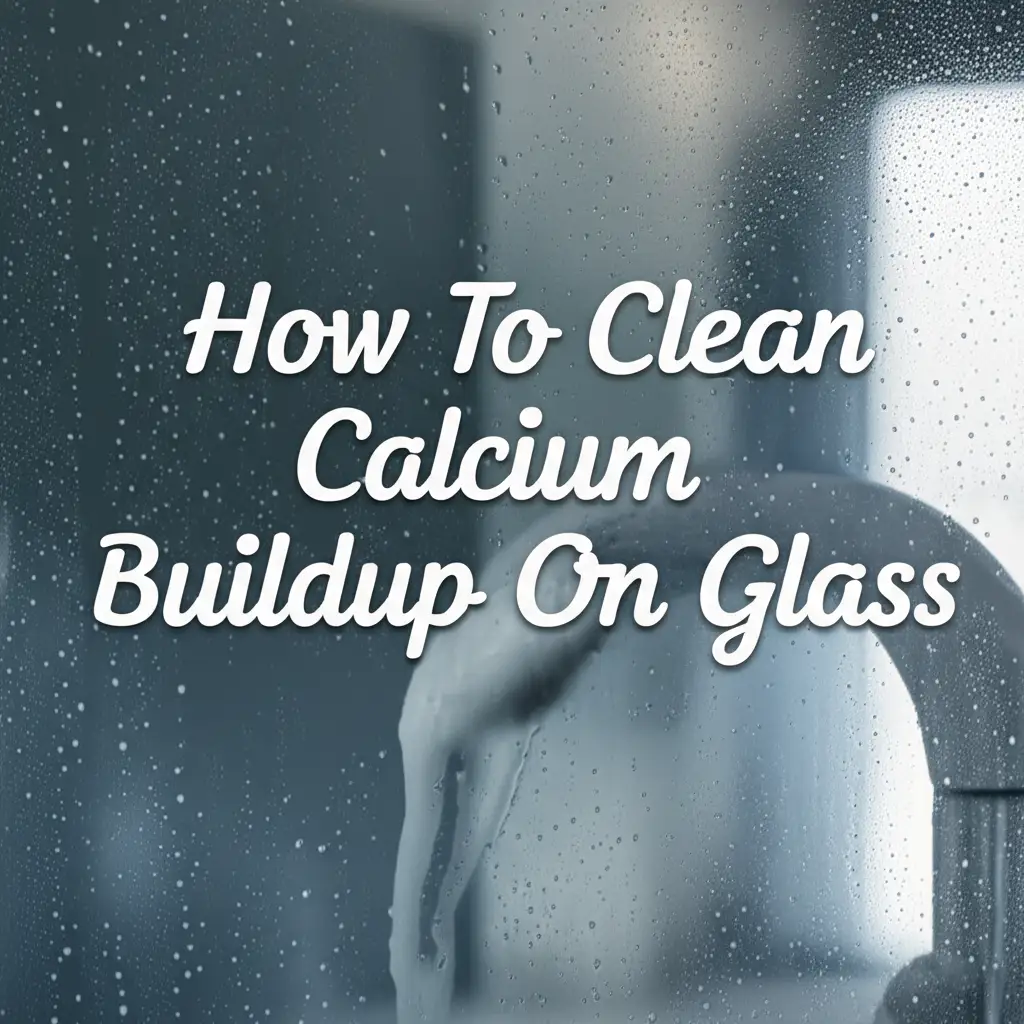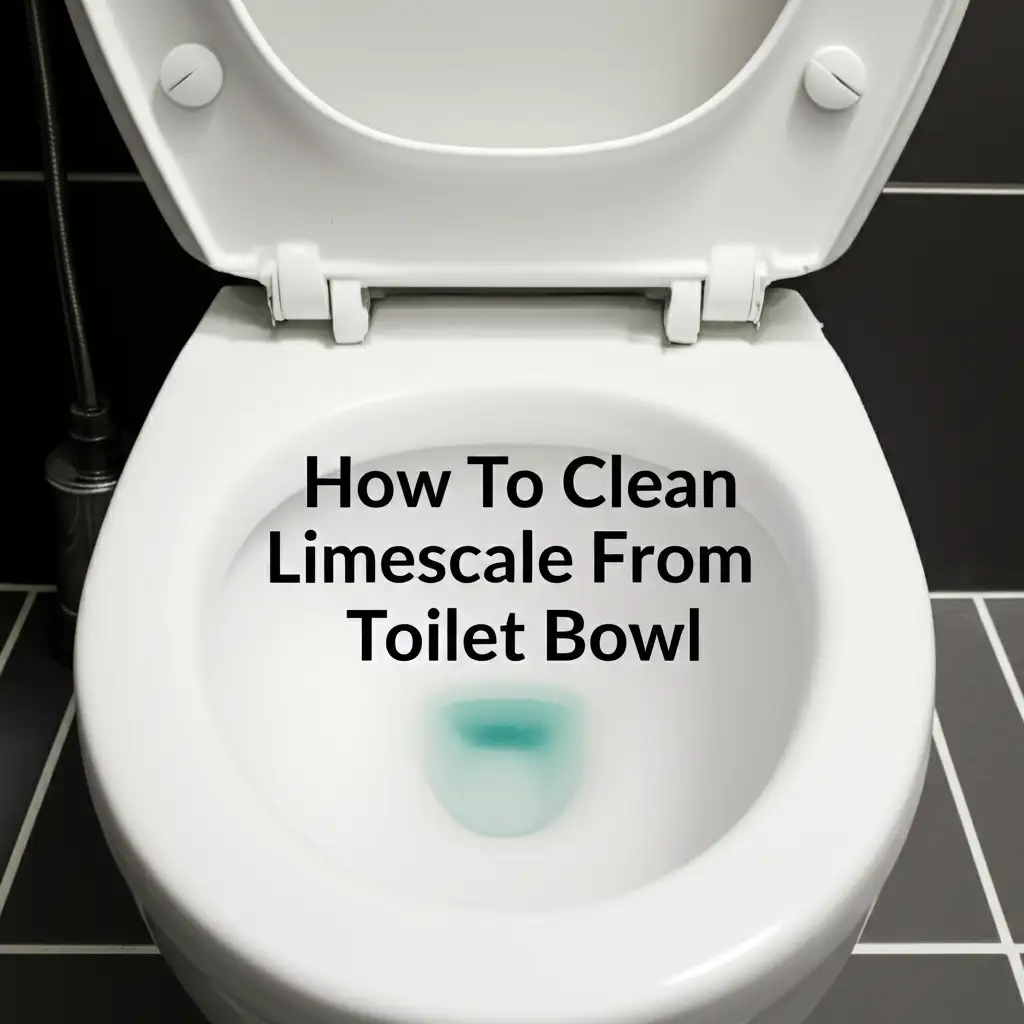· Toilet Cleaning · 14 min read
How To Clean Toilet Bowl Stains With Coke
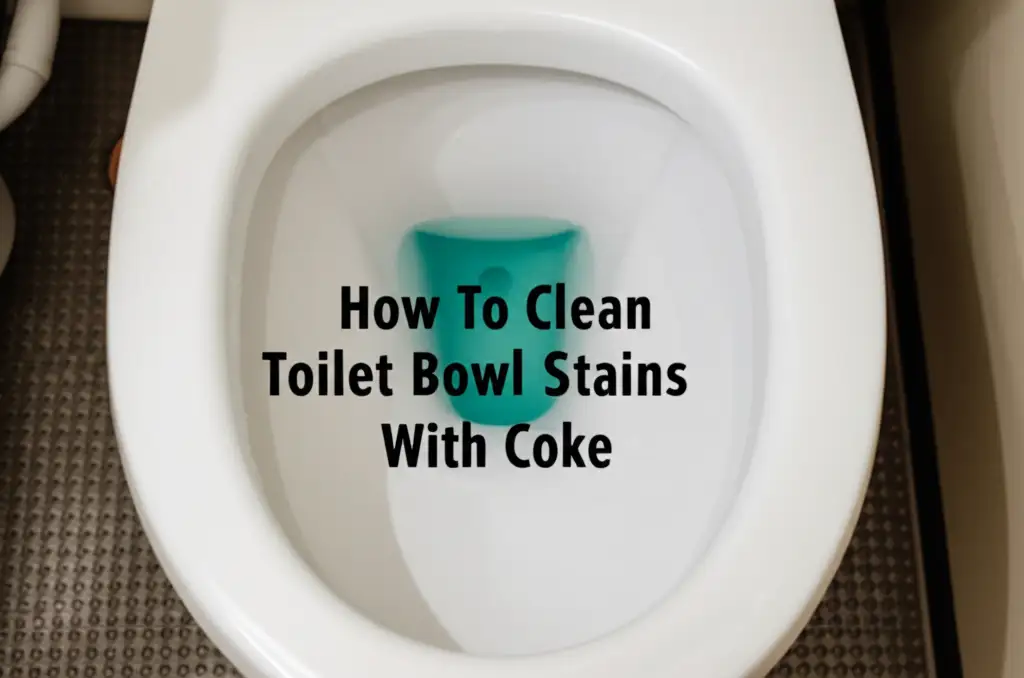
How To Clean Toilet Bowl Stains With Coke: An Unexpected Solution
Stubborn toilet bowl stains can frustrate any homeowner. They resist regular scrubbing and make your bathroom look less than pristine. But what if I told you a common household drink holds the key to making those stains disappear? You can effectively clean toilet bowl stains with Coke, turning a daunting chore into a surprisingly simple task.
This article shows you how to use Coca-Cola for a sparkling toilet. We explore why Coke works against tough stains. We also give you a clear, step-by-step guide. You will learn expert tips for stubborn marks. We will discuss the pros and cons. Finally, we offer advice to keep your toilet clean always. Get ready to transform your toilet with this surprising hack.
Takeaway
- Coke’s phosphoric acid breaks down hard water and rust stains.
- Pour Coke into the bowl, focusing on stained areas.
- Allow Coke to sit for several hours, ideally overnight.
- Scrub gently and flush for a cleaner toilet.
You can effectively clean toilet bowl stains with Coke because its phosphoric acid works to dissolve mineral deposits like calcium, rust, and lime. This acidity weakens the bond of these stubborn stains to the porcelain, making them much easier to scrub away. It offers a simple, accessible solution for many common toilet bowl issues.
Understanding Toilet Bowl Stains and Why Coke Works
Toilet bowls often develop various unsightly stains. Hard water leaves mineral deposits such as calcium and lime. These appear as white, yellow, or even brown rings. Rust stains show up as reddish-brown marks, especially in areas with old pipes or high iron content in the water. Sometimes, you might even see stubborn black rings how to clean black ring under toilet rim that are not just dirt but mineral buildup or mold. These stains cling tightly to the porcelain. Regular toilet cleaners sometimes struggle against them.
Coca-Cola contains phosphoric acid. This acid is the key ingredient that helps clean toilet bowl stains with Coke. Phosphoric acid is also found in many commercial rust removers and descalers. When you pour Coke into the toilet bowl, this acid reacts with the mineral deposits. It works to break down the bonds that hold these stains to the porcelain surface. This chemical reaction weakens the stain, making it easier to remove with minimal scrubbing. The fizzy carbonation also helps lift some loose particles.
The acidity of Coke is mild compared to strong chemical cleaners. This makes it a gentler alternative for some users. It is particularly effective on hard water rings and rust stains. These stains are alkaline or mineral-based. The acid in Coke neutralizes them. This causes them to loosen their grip on the bowl. You simply need time for the acid to work. This method offers a surprising yet effective way to tackle common toilet grime. It truly demonstrates an unexpected use for a popular beverage.
Gathering Your Cleaning Arsenal: What You Need
Before you start to clean toilet bowl stains with Coke, gather a few simple items. You likely have most of these supplies at home already. Having everything ready makes the cleaning process smooth and efficient. You do not want to stop in the middle of the task.
First, you need at least one 2-liter bottle of Coca-Cola. Do not use diet or sugar-free versions. The regular Coke contains the necessary phosphoric acid and sugar content which can sometimes help the solution cling better. You might need more than one bottle for severe or widespread stains. Consider the size of your toilet bowl.
Next, get a toilet brush. A sturdy brush with good bristles helps you scrub away the loosened stains. You will also need a pair of rubber gloves to protect your hands. Always use gloves when cleaning any part of the bathroom. An old rag or paper towels are useful for wiping any spills or for a final polish. Some people also keep a spray bottle filled with water for quick rinses. Finally, have a small bucket nearby if you need to remove water from the bowl before applying the Coke.
Having these simple tools ensures you are prepared. The process becomes straightforward. You can focus on the cleaning itself. This preparation step is crucial for achieving the best results. It makes the surprising method of using Coke on toilet stains as effective as possible.
Step-by-Step Guide: Cleaning Toilet Bowl Stains with Coke
Cleaning your toilet bowl with Coke is straightforward. Follow these steps for the best results. You will see how simple it is to clean toilet bowl stains with Coke. This method requires patience more than effort.
Prepare the Bowl
First, you need to reduce the water level in your toilet bowl. This allows the Coke to concentrate on the stains. You can do this by flushing the toilet and holding the flush handle down. This lets most of the water drain out. Alternatively, you can use a small bucket or cup to scoop out excess water. Aim to expose as much of the stained area as possible. This step is crucial for the Coke to directly contact the mineral deposits.
Pouring the Coke
Now, open your Coca-Cola bottle. Slowly pour the Coke directly onto the stained areas. Ensure the liquid covers all the discolored spots. If you have a stubborn ring around the waterline, try to pour the Coke in a way that it coats the sides of the bowl. You can also carefully soak some paper towels in Coke and place them directly on the stains. This helps the solution stick to vertical surfaces. Use enough Coke to cover the entire stained area.
The Waiting Game
This is the most important part of using Coke for cleaning. The phosphoric acid needs time to work its magic. Let the Coke sit in the bowl for at least an hour. For really tough hard water stains or rust, leave it overnight. The longer the Coke sits, the more time the acid has to break down the mineral deposits. During this waiting period, avoid flushing the toilet. This patience will pay off when you see the results.
The Scrub and Flush
Once the waiting period is over, it is time to scrub. Put on your rubber gloves. Use your toilet brush to scrub the stained areas vigorously. You will find that the stains, which were once firmly stuck, now loosen up easily. The phosphoric acid has done most of the hard work for you. After scrubbing, flush the toilet. The loosened stains and the remaining Coke will wash away, leaving a noticeably cleaner bowl. You might be surprised at how well this simple method works to clean toilet bowl stains without scrubbing excessively. Repeat the process if some stubborn spots remain.
Advanced Tips for Stubborn Toilet Bowl Stains
Sometimes, standard cleaning methods, even using Coke, might not completely eliminate very stubborn stains. For those particularly persistent hard water rings or deep rust marks, you can enhance your efforts. Getting rid of every trace of grime might require a bit more ingenuity. Remember, success often comes from combining different approaches.
For extremely tough stains, consider repeating the Coke application. Instead of just one overnight soak, try two or three consecutive applications. Each soak helps to further break down the mineral layers. You might also increase the soaking time to 24 hours if feasible. This extended contact allows the phosphoric acid more time to work on embedded grime. You can also target specific spots by soaking paper towels in Coke and pressing them directly onto the most stubborn areas. Let them sit for several hours or overnight. This ensures concentrated exposure to the acid.
After the Coke treatment, if faint discoloration remains, you can introduce another mild cleaner. For example, a paste made from baking soda and a little water can be applied to remaining spots. How to clean with vinegar and baking soda is a common combination for many household cleaning tasks. Let it sit for 30 minutes, then scrub. Baking soda is abrasive and also helps absorb any lingering odors. Avoid mixing Coke directly with bleach or strong chemical cleaners. This can create dangerous fumes. Always rinse the bowl thoroughly after using Coke before trying another cleaning product. These advanced tips can help you achieve a sparkling clean bowl, even against the toughest challenges.
Pros and Cons of Using Coke for Toilet Cleaning
Using Coke to clean toilet bowl stains with Coke is a popular household hack. It offers both advantages and disadvantages. Understanding these points helps you decide if it is the right cleaning method for your home. Every cleaning approach has its trade-offs.
One major pro is its accessibility. Coca-Cola is readily available in most homes and stores. It is also relatively inexpensive compared to specialized toilet cleaners. This makes it a convenient option for a quick clean. The phosphoric acid in Coke is effective at dissolving mineral deposits. This includes hard water stains and rust. It offers a gentler alternative to harsh chemical cleaners. This can be beneficial for those sensitive to strong fumes. It is also generally safe for plumbing, as the acidity is mild and quickly diluted. Many people find satisfaction in using a common item for an uncommon purpose.
However, there are also cons to consider. While effective, Coke is not a disinfectant. It will not kill germs, bacteria, or mold like a dedicated toilet cleaner. If you have significant black mold how to clean black stuff in toilet bowl, you will need a stronger solution. It also requires a long soaking time, which might be inconvenient if you need your toilet frequently. The sugar content in regular Coke can potentially leave a sticky residue if not thoroughly rinsed. This can attract dust or even encourage mold growth over time if not properly flushed. For very severe, long-standing stains, Coke might not be powerful enough on its own. You might still need a commercial cleaner. It is best suited for moderate mineral and rust stains.
Alternative Natural Cleaning Methods for Toilet Stains
While using Coke is a surprising and effective way to clean toilet bowl stains with Coke, it is not the only natural option. Many other household ingredients offer eco-friendly ways to tackle toilet grime. Exploring these alternatives can provide you with a broader cleaning arsenal. They are often inexpensive and readily available.
Vinegar is a powerhouse in natural cleaning. White vinegar contains acetic acid, which effectively dissolves hard water stains, lime, and even some mold. To use it, pour two to three cups of white vinegar into the toilet bowl. Make sure it covers the stained areas. Let it sit for several hours or overnight, similar to the Coke method. Then, scrub with a toilet brush and flush. For tough rings, you can soak paper towels in vinegar and stick them to the stained areas. This ensures direct contact.
Baking soda is another versatile cleaner. It acts as a mild abrasive and deodorizer. You can sprinkle a generous amount of baking soda into the toilet bowl, especially on the stains. Let it sit for at least 30 minutes. For an extra boost, combine baking soda with vinegar. Pour a cup of vinegar into the bowl after adding baking soda. The fizzing reaction helps to lift stains. Scrub well and flush. Baking soda and vinegar together are a popular natural cleaning solution for various surfaces, including cleaning a toilet tank how to clean toilet tank with baking soda.
Borax is a natural mineral often used for cleaning and laundry. For toilet stains, sprinkle half a cup of borax into the bowl. Let it sit for a few hours. Then, scrub and flush. For more severe stains, you can combine borax with lemon juice or vinegar. These natural methods offer safe and effective ways to keep your toilet clean without harsh chemicals. They are excellent for regular maintenance and tackling light to moderate stains.
Maintaining a Clean Toilet: Preventing Future Stains
Once you have successfully learned how to clean toilet bowl stains with Coke, maintaining that cleanliness is crucial. Prevention is always better than cure. Regular habits and a few simple steps can keep your toilet sparkling. This avoids the buildup of hard water and rust in the first place. You can reduce your need for deep cleaning.
First, establish a consistent cleaning routine. A quick wipe-down of the toilet bowl a few times a week can prevent minor issues from becoming major stains. Use a mild toilet cleaner or even a solution of white vinegar and water. A quick scrub with a toilet brush and a flush helps remove daily buildup. This proactive approach stops mineral deposits from hardening. It also discourages the growth of mold and mildew. Regular cleaning keeps your bathroom fresh.
Address leaks promptly. A constantly dripping faucet or a running toilet can contribute to hard water stains. The constant flow of mineral-rich water allows deposits to form quickly. Fixing leaks not only saves water but also prevents new stains. Check for drips or constantly trickling water. You can often hear a running toilet. Prompt repairs keep your fixtures dry.
Consider installing a water softener if you live in an area with extremely hard water. Hard water contains high levels of minerals like calcium and magnesium. These minerals are the primary culprits behind stubborn toilet bowl stains. A water softener removes these minerals from your entire home’s water supply. This protects not only your toilet but also other appliances and fixtures from mineral buildup. It is an investment that saves time and effort in cleaning various surfaces, including how to clean hard water stains from granite or how to clean hard water stains off chrome. Finally, ensure good ventilation in your bathroom. This helps reduce humidity. Lower humidity can slow down mold and mildew growth. These simple steps make a big difference in keeping your toilet pristine.
FAQ Section
Is Coke safe for plumbing systems?
Yes, using regular Coca-Cola to clean your toilet bowl is generally safe for most plumbing systems. The phosphoric acid in Coke is mild and quickly dilutes with water once flushed. It does not pose a risk to pipes or septic systems. Avoid using it alongside strong chemical drain cleaners.
How often can I use Coke to clean my toilet?
You can use Coke to clean your toilet as often as needed for stains. For occasional tough stains, once a month or every few months is usually sufficient. For light maintenance, weekly use of a mild cleaner is more practical. It is not necessary for daily cleaning.
What type of Coke works best for cleaning?
Regular Coca-Cola, with its sugar and phosphoric acid content, works best. Diet or sugar-free versions contain different artificial sweeteners and may have less phosphoric acid. These versions are less effective. Choose the classic red can or bottle for this cleaning hack.
Will Coke remove all types of toilet stains?
Coke is highly effective on hard water stains, lime scale, and rust marks due to its phosphoric acid. It may not be as effective on mold, mildew, or deeply embedded organic stains. For those, you might need a dedicated cleaner or a combination of methods.
Can I leave Coke in the toilet overnight?
Yes, leaving Coke in the toilet bowl overnight is recommended for the best results. The longer the phosphoric acid has to soak and break down the stains, the more effective it will be. This allows the acid ample time to dissolve tough mineral deposits.
Does Coke also disinfect the toilet bowl?
No, Coke does not disinfect the toilet bowl. While its acidity can kill some bacteria, it is not a strong disinfectant like bleach or specialized toilet sanitizers. You will need a separate product if germ killing is your primary goal. Use Coke for stain removal, not for sanitation.
Conclusion
Cleaning toilet bowl stains can be a frustrating chore, but now you know a surprising and effective solution. You can truly clean toilet bowl stains with Coke, harnessing its phosphoric acid to dissolve those stubborn hard water and rust marks. This simple trick provides an accessible and often overlooked method for achieving a cleaner, more inviting bathroom.
We covered the science behind why Coke works, detailing its acidic properties that break down mineral deposits. You now have a clear, step-by-step guide to applying this method, from preparing the bowl to the final scrub and flush. We also explored advanced tips for tackling the most persistent stains and discussed the practical pros and cons of using this unconventional cleaner. Remember, maintaining a clean toilet involves consistent effort and smart prevention. Give this unique cleaning hack a try. You might find it becomes your new go-to solution for a sparkling toilet bowl. Say goodbye to unsightly stains and hello to a fresh, clean commode today!
- Coke cleaning
- toilet stains
- hard water stains
- DIY cleaning
- rust stains

